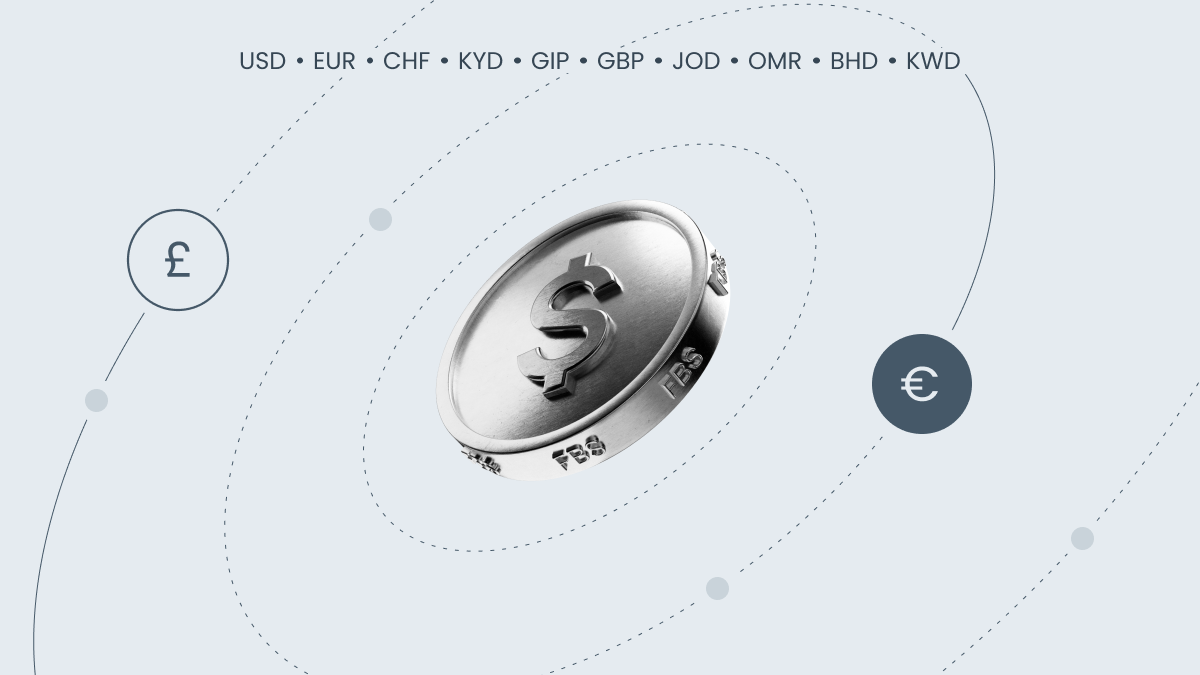The strongest currencies in the world
The value of a currency is expressed as an exchange rate against a base currency. In this table, the world’s top 10 currencies are rated against the US dollar.
| Currency | USD rate* | Code |
1 | Kuwaiti Dinar | 3.27 USD | KWD |
2 | Bahraini Dinar | 2.65 USD | BHD |
3 | Omani Rial | 2.59 USD | OMR |
4 | Jordanian Dinar | 1.41 USD | JOD |
5 | British Pound | 1.30 USD | GBP |
6 | Gibraltar Pound | 1.29 USD | GIP |
7 | Cayman Island Dollar | 1.21 USD | KYD |
8 | Swiss Franc | 1.16 USD | CHF |
9 | Euro | 1.11 USD | EUR |
10 | United States Dollar | 1 USD | USD |
*All data is current as of August 20, 2024
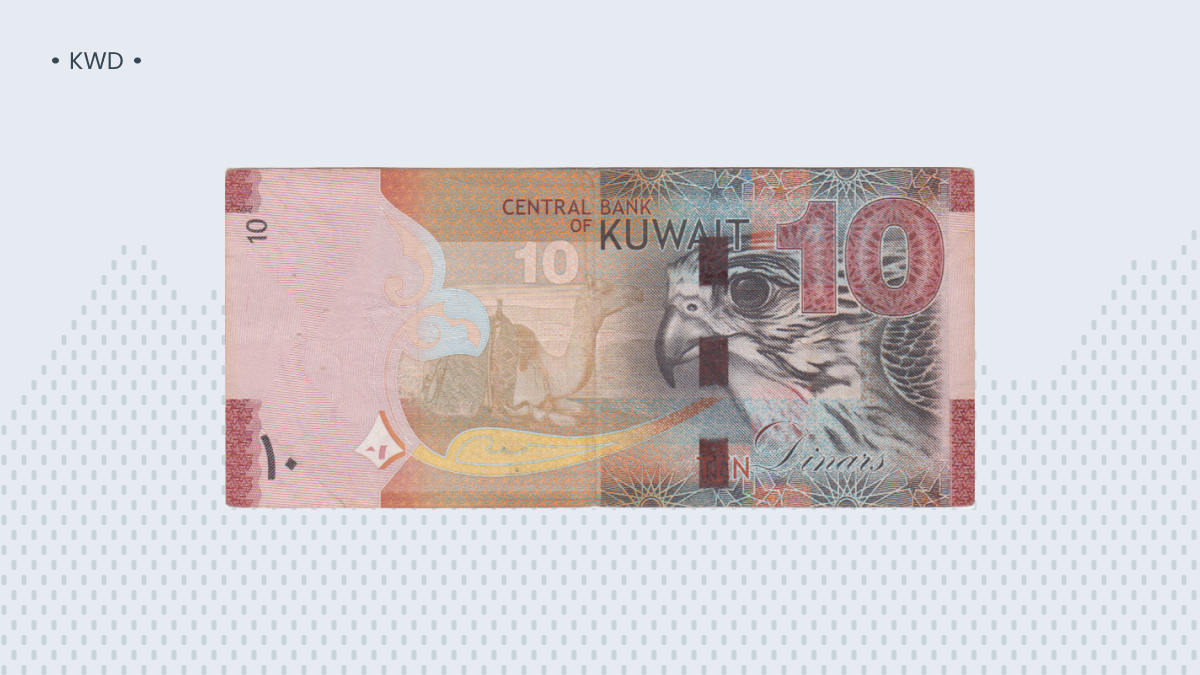
The Kuwaiti dinar
Kuwait is a small country on the Persian Gulf, wedged between Iraq and Saudi Arabia. It has very little unemployment, and is a state that levies no income tax from its 4.3 million citizens.
Kuwait is also one of the richest countries in the world. It is a major global oil exporter, and it has even more oil in reserves. Since 2007, the Kuwaiti dinar has been pegged to the country’s own weighted currency basket. It is first among the strongest currencies in the world in 2024.
Fun fact
In the tiny principality of Seborga, on the border of Italy and France, there is a local currency that is only recognized by regional banks, and has no value outside the micronation. To its 307 citizens, the Seborgan luigino is worth 6 US dollars. So, if it was recognized, it would be the strongest currency in the world!
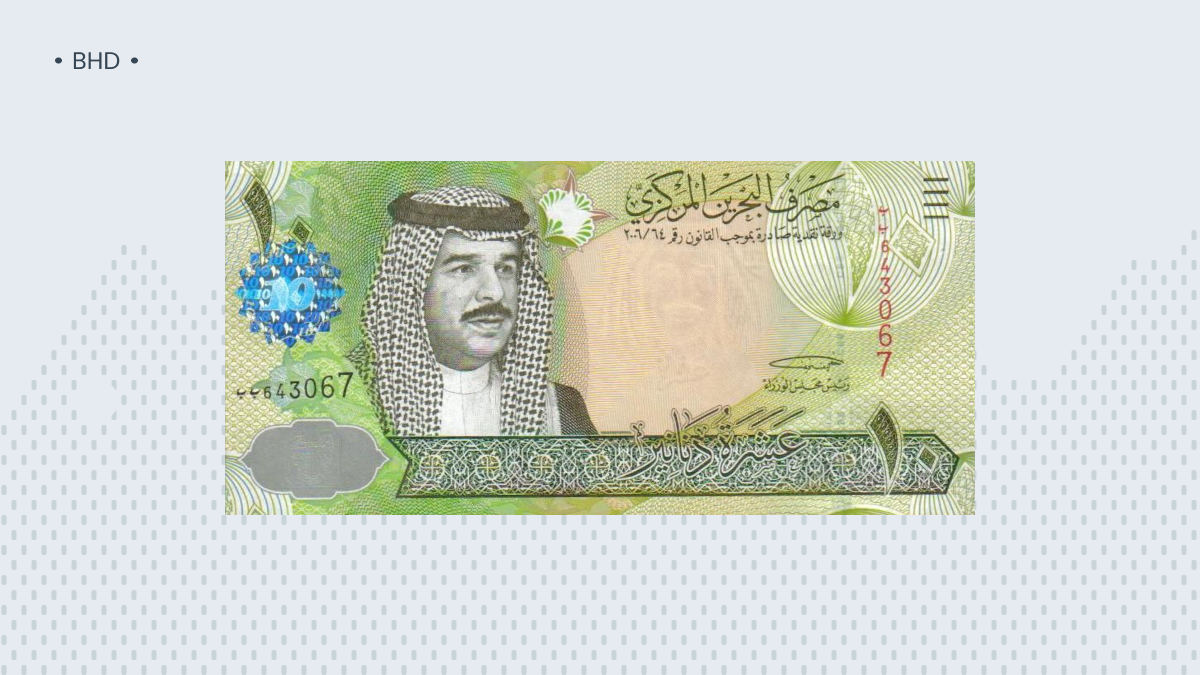
The Bahraini dinar
The second strongest currency in the world belongs to the 1.5 million inhabitants of the island kingdom of Bahrain. Located in the Persian Gulf, the country’s oil and gas industries account for 85% of the country’s revenue.
Introduced in 1965 as a replacement for the Gulf rupee, the Bahraini dinar is now pegged to the US dollar to attract foreign investments.
Tourism is another major part of Bahrain’s economy. In 2019 — the year before the COVID-19 pandemic — the Kingdom of Bahrain hosted ten times more tourists than the country’s entire population. The majority of these visitors were from other Arab countries, but since the kingdom hosted the Bahrain Grand Prix F1 car racing event in 2004, an increasing awareness of the island nation’s rich history and natural beauty has brought more tourists from outside the region.
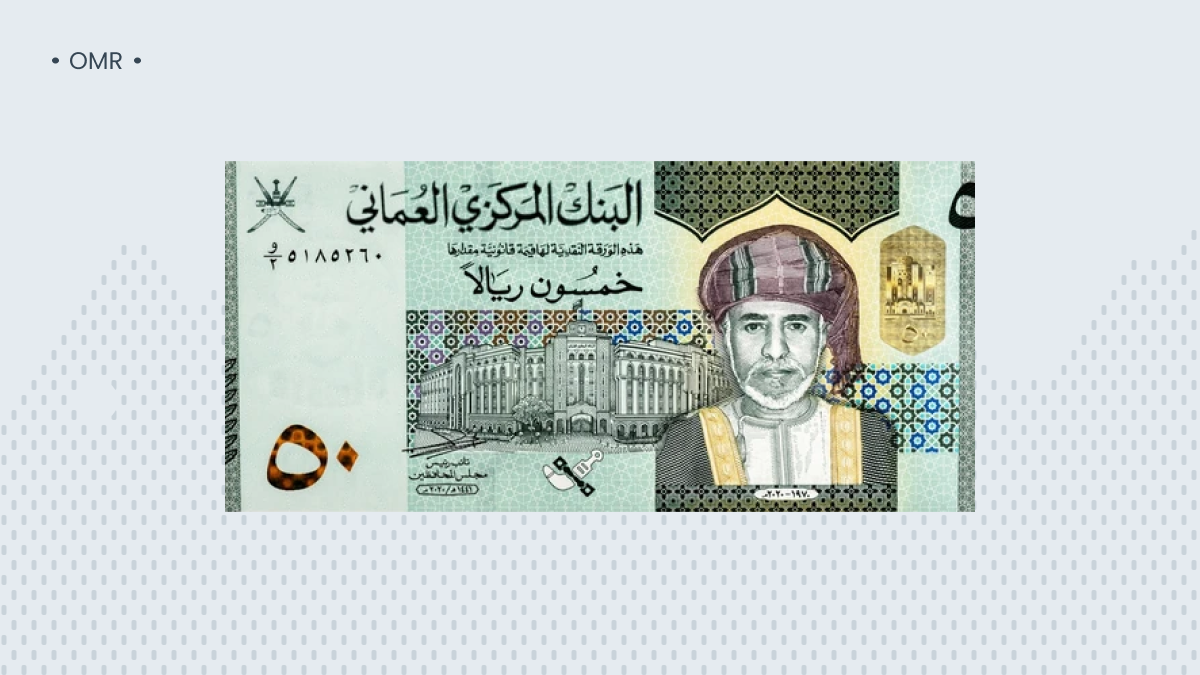
The Omani rial
Like Kuwait and Bahrain, the Sultanate of Oman has a very solid oil export industry. A large part of its economy is also supported by agriculture, as well as fishing and trade along its extensive coastline.
Since its introduction in 1970, the Omani rial has always been pegged to the US dollar.
Since oil was discovered in the western part of the country in the 1960s, Oman has risen to prominence in the international oil trade. However, it’s not a member of the Organization of Petroleum Exporting Countries (OPEC).
Royal Dutch Shell owns 34% of the state oil corporation Petroleum Development Oman (PDO), with 60% shares owned by the Sultanate’s government.

The Jordanian dinar
Jordan is the first country on the list that does not have oil. The Jordanian dinar is one of the strongest currencies due to the state’s well-diversified economy. Jordan’s banking sector is regarded by the Academy of Finance (AOF) as “well-developed,” and it was deemed one of the most globalized countries in the Globalization Index in 2020. Its industry is no slouch either: the country has significantly developed its aerospace, information and communication technology, and pharmaceutical industries. It is also a major miner of phosphates and one of the leading exporters of fertilizer.
Jordan is energy-dependent on oil imports and has little arable land or fresh water. It also has quite a lot of political unrest among its sizable population of 11.3 million. Since the Arab Spring in 2011, its annual economic growth has slowed significantly. Despite this, its money remains one of the strongest currencies in the world.
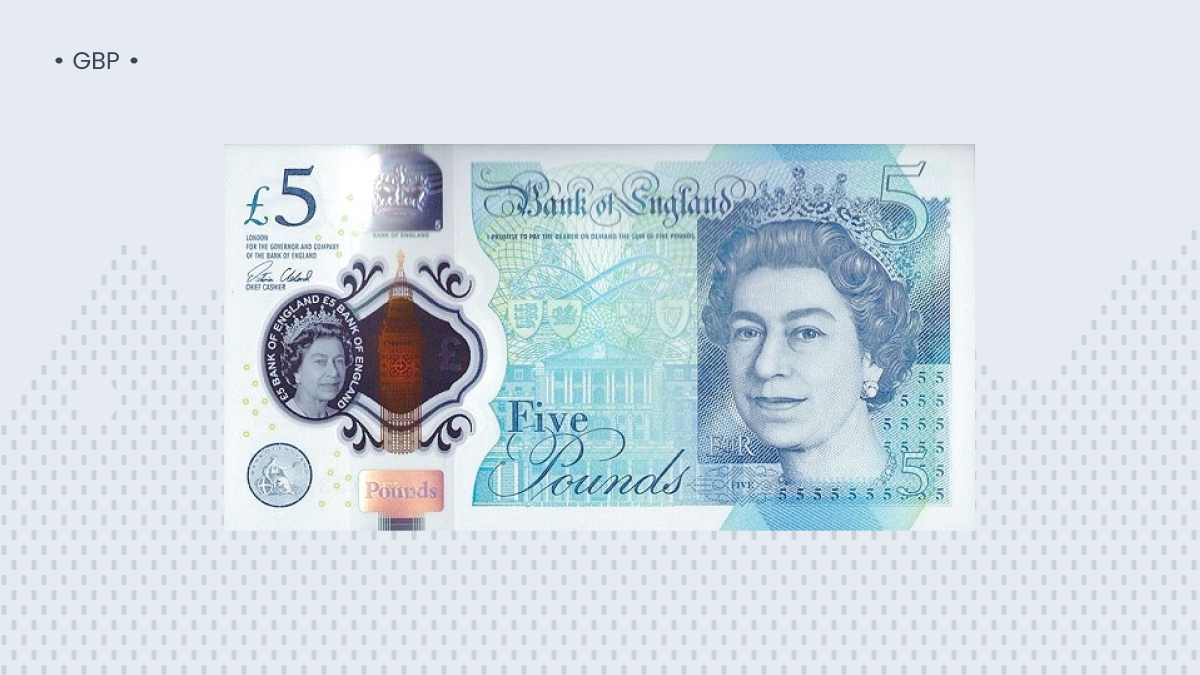
The British pound
The fifth-strongest currency in the world, the British pound (or pound sterling), is the strongest Western currency. About 70 million people use the pound in the United Kingdom (UK), the UK Crown Dependencies, and the British Overseas Territories.
The UK is a highly developed social market economy with the sixth-largest GDP in the world, and its nominal GDP per capita constitutes over 3% of the entire world’s.
The pound is by far the oldest currency, dating back to the Middle Ages. It has been in continuous use for one thousand, two hundred, and twenty-four years!
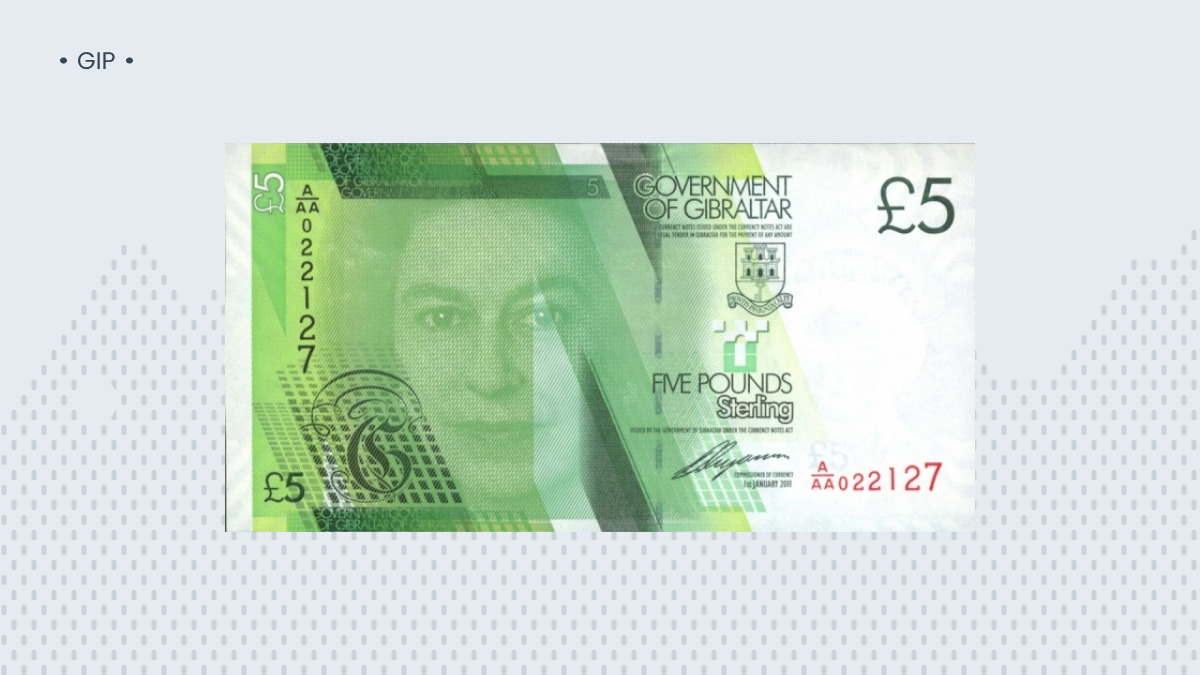
The Gibraltar pound
The sixth among the strongest currencies, the Gibraltar pound belongs to the 33 000 inhabitants of the British Overseas Territory of Gibraltar. The currency is pegged to the GBP, but the tiny country holds its own in the e-gaming business, having fomented the sector with huge tax breaks.
Before COVID-19, the country was hosting over 10 million tourists per year. Since 2020, that number has dropped to 5.3 million. With an area of less than seven sq. km, the tiny country is already beyond physical capacity with the infrastructure required for an enormous influx of tourists. Political tensions with its neighbor, Spain, further complicate the logistics of Gibraltar’s tourist industry.
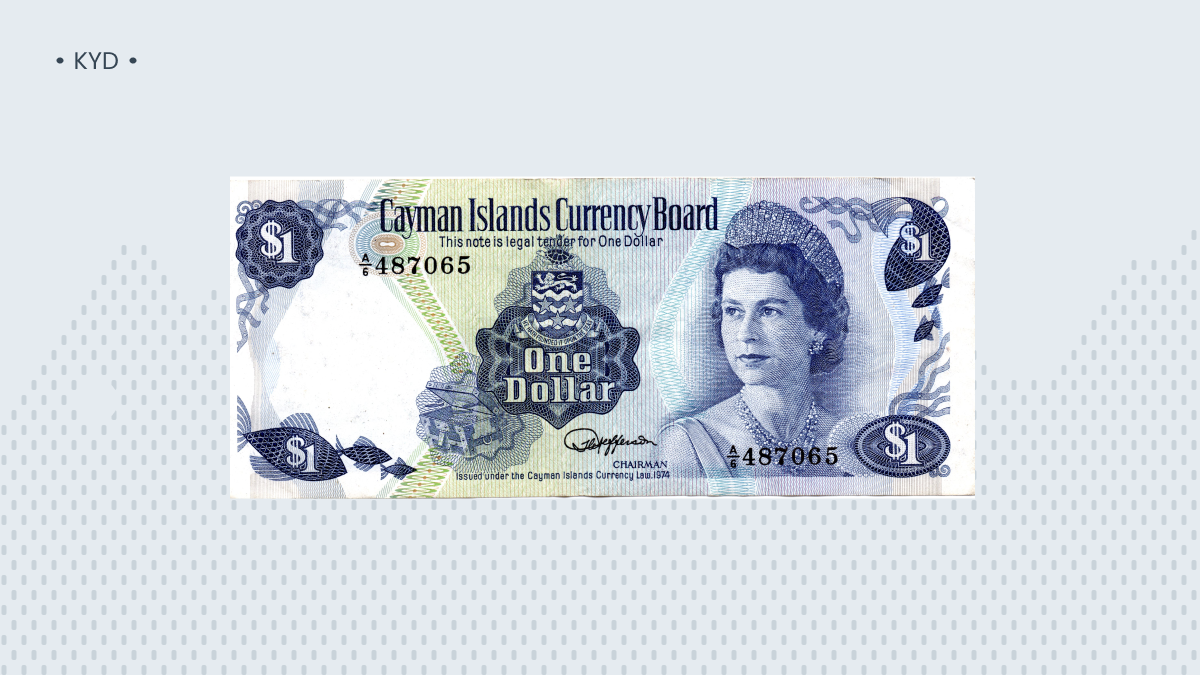
The Cayman Islands dollar
The Cayman Islands are a tax haven for the wealthy and offer many offshore banking services for corporations and the very rich. Thanks to this banking sector, the Caribbean island’s 70 000 citizens enjoy a national currency that is above the euro and US dollar among the world’s strongest currencies.
The island hosts half a million beach tourists per year, and over 100 000 corporations are registered there.

The Swiss franc
The wealthiest countries in the world are Switzerland and the tiny principality of Liechtenstein. These two states use the Swiss franc as their currency. Coming in just above the euro and the US dollar, the Swiss franc is supported by a stable economy, strict monetary policy, and the lowest national debt levels around.
The Swiss banking industry has thrived since the late 1700s, and the country has had neutral status among European nations since 1815 — an important precondition for maintaining the most stable banking industry in the world.
The Swiss franc banknote is the only paper currency in the world that is printed vertically rather than horizontally.
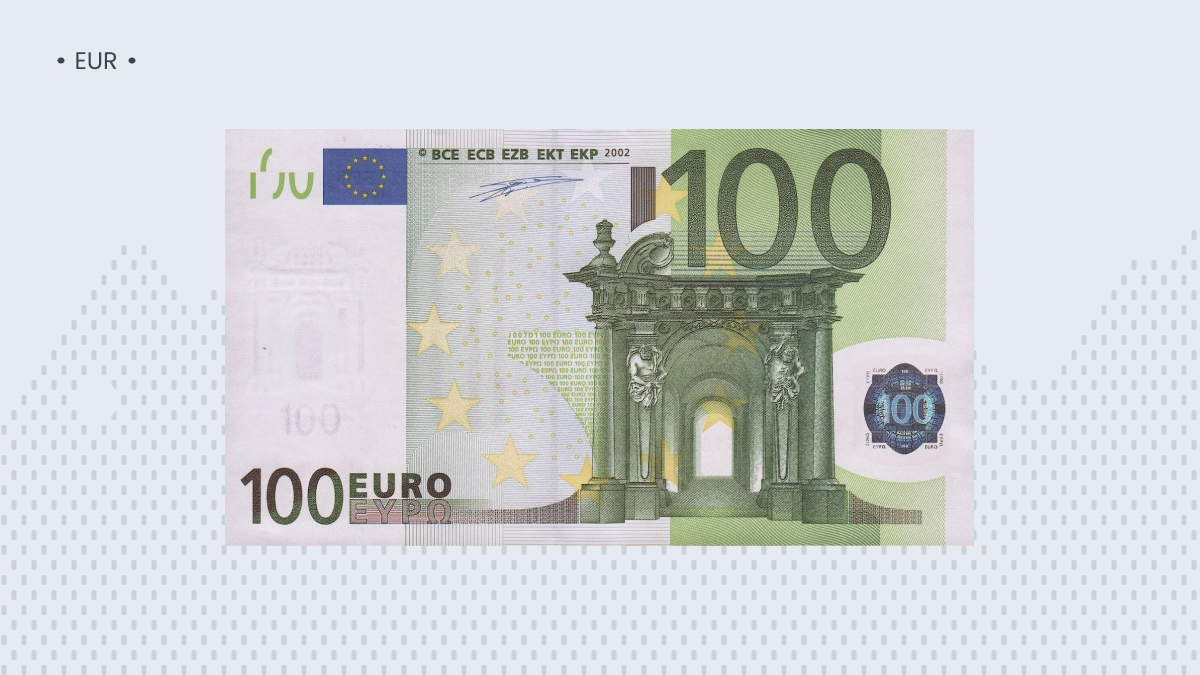
The euro
The euro is the youngest currency on the list and is the official currency of 20 European countries, comprising over 350 million people. In addition, six non-European Union countries use the euro as their currency by default. It is not pegged to any other currency, but 25 other currencies are pegged to it.
Seven member states of the EU are not yet in the eurozone because they don’t meet the conditions set forth by the Economic and Monetary Union (EMU) of the EU, but they are required to join as soon as they meet those criteria. For now, they are using their own national currencies.
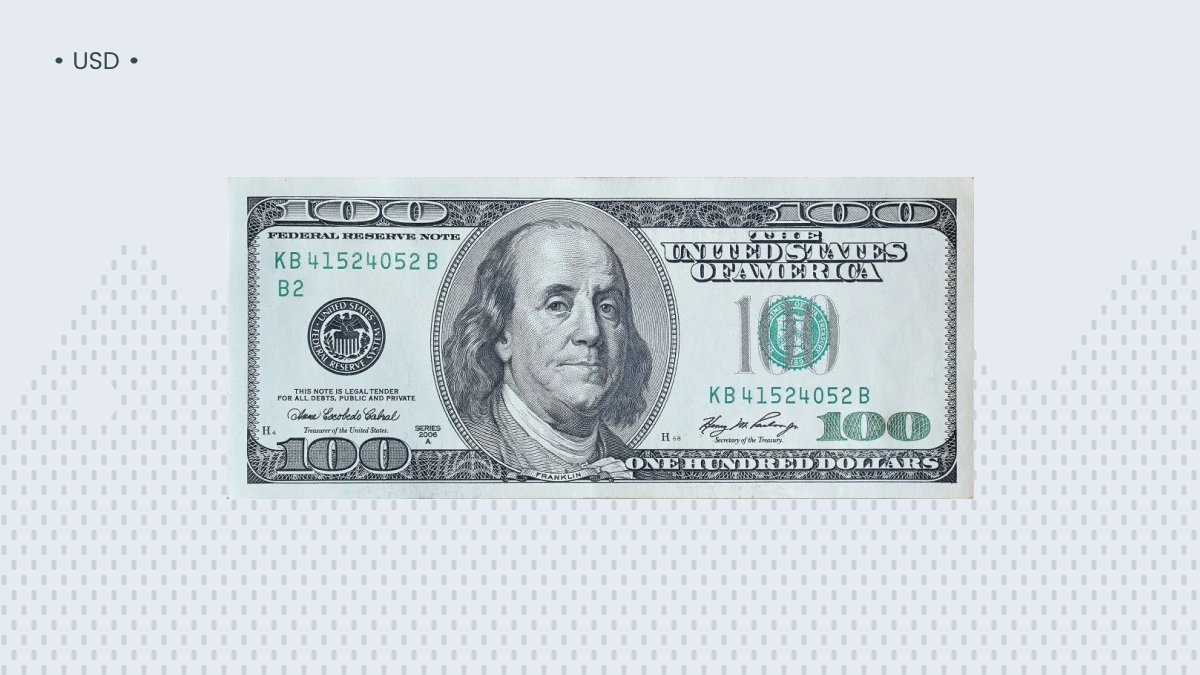
The US dollar
The currency of the United States is a primary reserve currency of the world economy. That means that among the strongest currencies, it is a common standard against which many others are measured. 70% of all paper US dollars are outside the United States.
The population of the US is approximately the same as that of the eurozone. Nine countries use the US dollar informally, and 20 do so formally. In 1971, the currency was no longer internationally convertible to gold.
In contrast to its European British counterpart, the US dollar is not allowed by law to depict the portrait of a living political leader. All the people whose faces appear on the currency are deceased.
Summary
A whole slew of different events, ranging from political shifts to natural phenomena and changing economic circumstances, can bring rapid economic change to individual countries and the world at large. With these shifts, the pecking order of the world’s strongest currencies may change. From year to year, the exact ranking of the top 10 currencies may look different.
Likewise, the currencies’ values are always fluctuating in much shorter time frames — often enough for traders to take advantage of them to make profits. The broker FBS provides its clients with over 72 currency pairs for trading, including the strongest currencies, the most popular forex pairs, and forex exotics. It also provides educational materials and analysis, low spreads, and high leverage to help traders succeed. With FBS, it’s easy to harness even the slightest price shifts to your benefit.
If you are new to trading on the foreign exchange market (forex), FBS offers a forex trading demo account, where you can learn to trade risk-free, using virtual money that cannot be lost. Once you’re ready, open a real account and trade on attractive terms with FBS.
